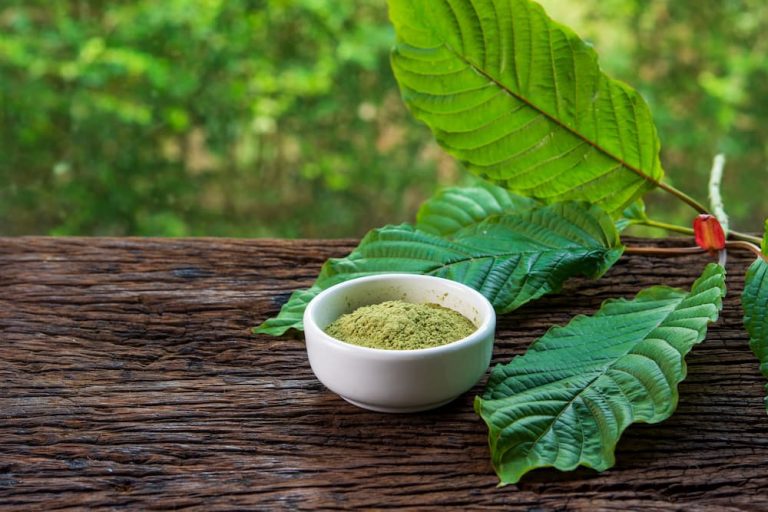The leaves of the Mitragyna speciosa tree contain alkaloids that interact with opioid receptors in the brain, producing effects that range from mild stimulation to sedative-like sedation. Due to its unique pharmacological properties, kratom has been promoted by some as an alternative to traditional opioid replacement therapies, like methadone or buprenorphine, as well as a potential means to manage withdrawal symptoms during addiction recovery. However, while the plant holds promise for certain individuals, there are significant risks and uncertainties associated with its use in addiction treatment, making it essential to approach kratom with caution. Proponents of kratom argue that it can be a valuable aid for individuals seeking to recover from opioid addiction, particularly in managing withdrawal symptoms. Opioid withdrawal can be severe and debilitating, often characterized by anxiety, muscle aches, nausea, vomiting, and intense cravings. Kratom’s ability to bind to the same opioid receptors in the brain that are targeted by substances like heroin and prescription painkillers is thought to ease these withdrawal symptoms.
Some people have reported using kratom successfully as a bridge to taper down opioid use, experiencing fewer cravings and less discomfort than with conventional opioid substitution treatments. Additionally, kratom’s potential to enhance mood and provide energy has made it appealing to individuals struggling with the depressive symptoms often accompanying opioid withdrawal. However, despite these potential benefits, the use of kratom in addiction recovery remains highly controversial and poorly regulated. First and foremost, kratom is not without risks and Read Full Article to learn more. While it may alleviate some of the physical symptoms of opioid withdrawal, kratom itself can lead to dependence and addiction. Regular use of kratom, especially in high doses, can result in tolerance, meaning that individuals may need to consume increasingly larger amounts to achieve the same effects. This cycle can lead to a new form of substance dependence, often referred to as kratom addiction. Moreover, abrupt discontinuation of kratom after prolonged use can trigger withdrawal symptoms similar to those of opioid withdrawal, including irritability, anxiety, and fatigue.
These risks highlight the importance of carefully managing kratom use in recovery programs, ensuring that it does not become a substitute for one addiction with another. Another concern is the lack of consistent scientific evidence regarding kratom’s safety and effectiveness in addiction recovery. While some anecdotal reports suggest that kratom can be helpful in managing opioid withdrawal, there are few large-scale clinical trials to confirm its efficacy or safety in this context. Additionally, kratom has been linked to reports of liver damage, seizures, and death, though these occurrences are relatively rare and often involve polydrug use or misuse. The legal status of kratom also complicates its use in addiction recovery. This patchwork of regulations makes it difficult for individuals to access kratom safely, and it complicates the efforts of healthcare providers to offer evidence-based treatment recommendations. In countries where kratom is illegal, individuals seeking it out for addiction recovery may face legal consequences, further complicating their rehabilitation journey.